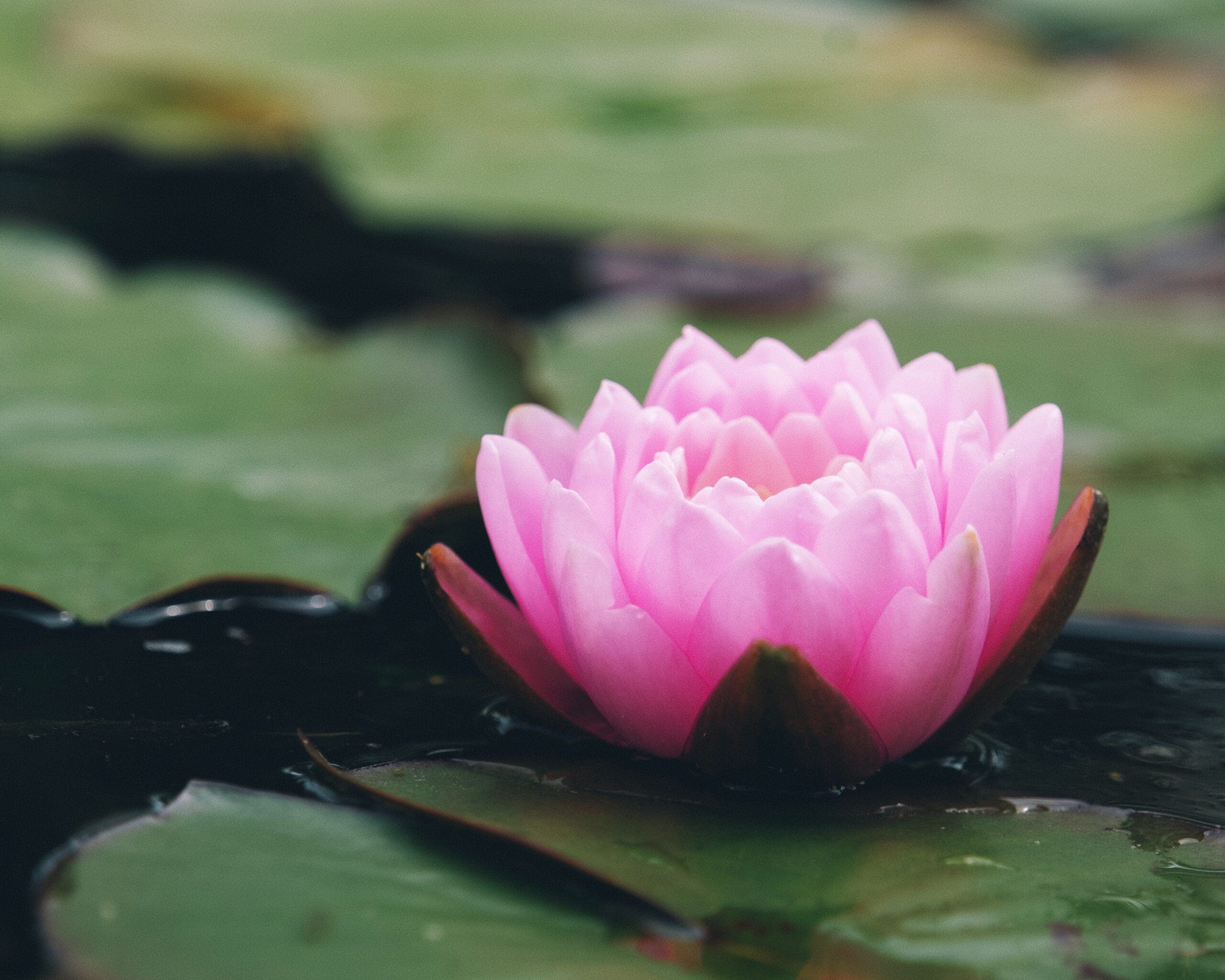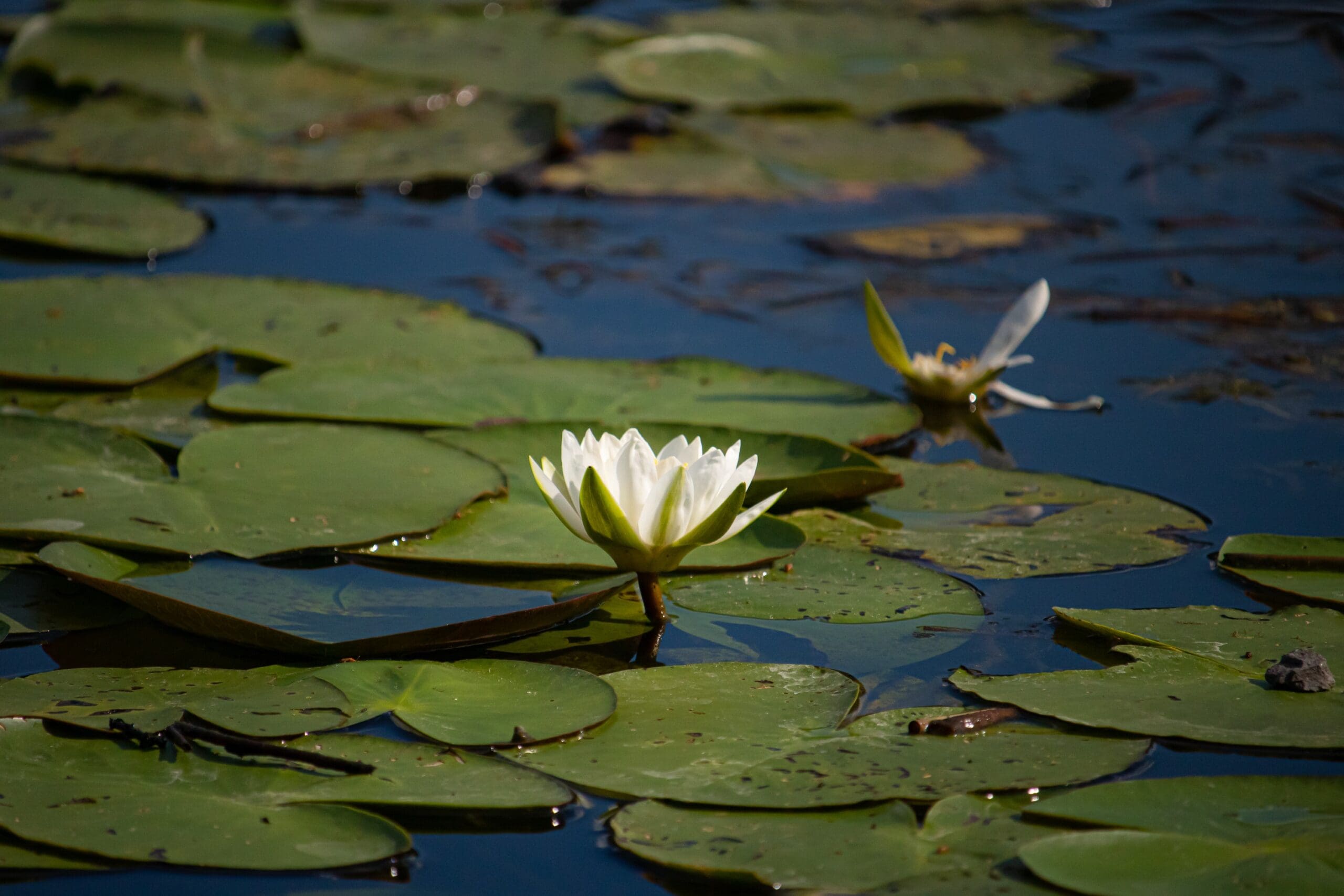
Aquatic Plants Facts for Kids – 5 Powerful Facts about Aquatic Plants
Table of Contents
Have you ever seen plants grow in and on water? Here are five powerful aquatic plants facts for kids.
Aquatic Plants Facts for Kids Fact Number 1: Aquatic plants Are also Called “Water Plants”
Aquatic plants are plants that live in or near water, such as lakes, rivers, and wetlands. They are also called “water plants” and they have adapted to live in the aquatic environment by developing special features like floating leaves, roots that can absorb oxygen from the air, and the ability to survive in low light conditions.

Aquatic Plants Facts for Kids Fact Number 2: Aquatic Plants Are so Important to The Environment
Aquatic plants play an important role in the ecosystem, they provide food and shelter for many animals and help to keep the water clean by absorbing nutrients and pollutants. They can also help to slow down water flow, reducing erosion and providing habitats for different species.
Aquatic Plants Facts for Kids Fact Number 3: Lilies and Duckweed
Some aquatic plants are floating, like water lilies and duckweed, while others have roots that grow in the soil beneath the water, like cattails and bulrushes. Floating plants are adapted to float on the surface of the water and have the ability to absorb light and nutrients from the sun. Submerged plants, on the other hand, have roots that grow in the bottom of the water and can absorb nutrients from the sediment.

Aquatic Plants Facts for Kids Fact Number 4: Submerged and Emergent Aquatic Plants
Aquatic plants can be categorized into two groups: submerged and emergent. Submerged plants are plants that grow entirely underwater, while emergent plants are plants that grow with part of their stem or leaves above the water. Emergent plants are adapted to survive in both aquatic and terrestrial environments. Some examples of emergent plants are lotus, reeds, and rushes.
Aquatic Plants Facts for Kids Fact Number 5: Aquatic Plants are Used for Medicinal Purposes
Some aquatic plants are used for medicinal purposes and others are used for food, like the lily pads of the lotus plant are edible. Aquatic plants are also used to make various products like paper, textiles, and even cosmetics. Some aquatic plants are also used for ornamental purposes, like water lilies, which are often planted in gardens and ponds for their beautiful flowers and leaves. Additionally, some aquatic plants are used to control erosion and improve water quality in man-made ponds and wetlands. Overall, aquatic plants play a critical role in maintaining the balance of aquatic ecosystems and providing a wide range of benefits to humans and other organisms.

We hope you enjoyed learning more things about aquatic plants as much as we loved teaching you about it. Now that you know how important it is to learn about the aquatic plants and how to help our planet Earth, you can move on to learn more about our environment matters like: Soil Erosion, Food Waste, Energy, Wind Energy, Environmental Sustainability, Deforestation, Floods, Hydro Power, Electricity, Water, Electromagnetic Waves, Recycling, Recycling Crafts, Recycling Paper, Plastic recycling, Rainbows, Farming, Seas and Lakes, Miraculous Atmosphere, Earth and Water Cycle.
You can also move on to learn about other STEM articles like: Electricity, PH Scale, Lasers, Rainbows, Fireworks, Gases, Chemical Reactions, Acids and Bases, Electromagnetic Waves and States of Matter.
Why not subscribe to our LearningMole Library for as little as £1.99 per month to access over 2800 fun educational videos.


Leave a Reply